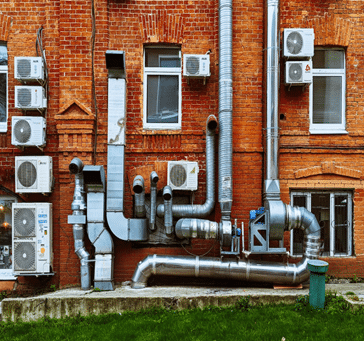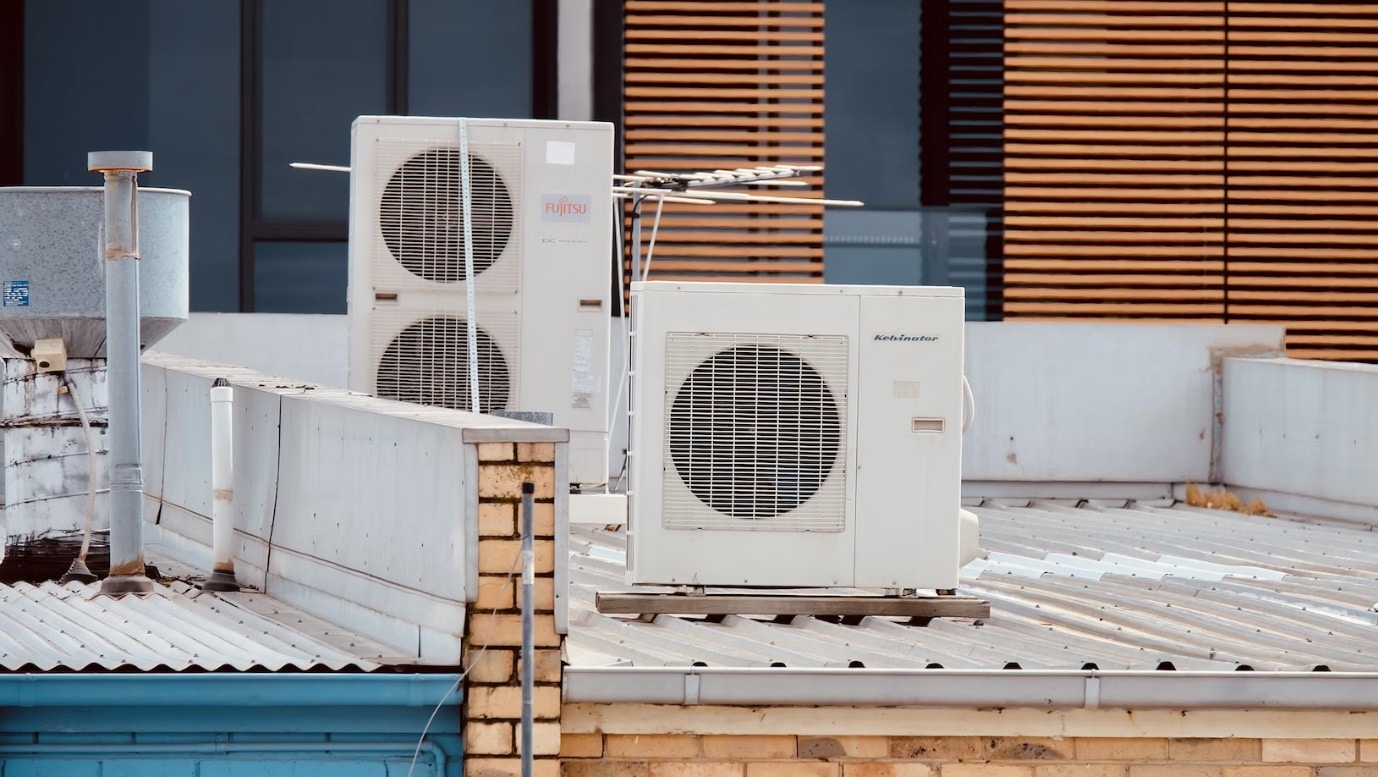A small air conditioning unit will struggle to cool your home effectively, which leads it to overwork itself, potentially increasing wear-and-tear damage on various system components as well as rising energy bills.
An air conditioner that is too large will run short cycles, providing intermittent bursts of cooling followed by long stretches with no cooling at all. However, a smaller one will not have the capacity to do the job right – so what’s all involved with getting the right size AC for your home?
What Size AC System Do I Need?
Finding an air conditioner which fits perfectly for your home is one of the key components to creating a comfortable living environment at an economical cost. A unit which is too large will cost more to install and run than necessary, while one which is too small could cause it to run all of the time, possibly leading to overheating issues in your house. To find an optimal solution, professional installers often include this service free as part of their estimate when installing central air in your home. To do so effectively.
An AC unit is measured in tons, which refers to how much cooling power it can supply in one hour. 1 ton equals 12,000 BTUs; 1.5 tons are usually enough. As house sizes increase, so too will their tonnage requirements for proper air cooling.
Professional AC system calculations provide the most precise way of determining an accurate AC system size for your house, taking into account several different variables including its square footage, climate and amount of heat generated naturally daily.
Additional factors affecting AC sizing include your yard shade levels, window types and quantities, insulation levels in your home and materials used on its facade (darker colors absorb more sun making cooling harder), type and quantity of insulation as well as amount and quality of insulation installed. Insulation reduces energy needs in cooling down a home while facade materials such as dark colors and dense siding absorb even more sun than insulation does, making cooling harder overall.
Consider whether your home contains rooms that tend to heat up quickly due to cooking and laundry activities, requiring larger tons for cooling the space effectively. A professional can help determine your exact AC sizing with an easy calculation or automated software program.
When the time comes to replace your current AC system, you must choose which type of unit best meets your cooling needs and home design. Your options may include a split system in which the compressor and condenser are outside while the evaporator remains indoors; packaged systems which combine all three functions into one package located either on your roof or concrete slab; or ductless mini-splits. Your local Carrier expert can assist in finding which system will meet both.
Selecting an air conditioning system that fits your home and needs properly can save money in the long run. An AC that is too big will struggle to lower temperatures while running constantly – increasing energy bills significantly while an undersized AC will work overtime and wear out sooner.
Locating the appropriate AC isn’t difficult, and there are a few steps you can take to make it simpler. One option is using a free AC calculator which takes into account factors like the site you’re conditioning, house square footage, zone location and amount of insulation/ductwork in your home. A professional load calculation may provide more accurate measurements.
Before selecting your AC unit, consider its placement within your room as well as any obstructions such as furniture. It will be important that you can direct its flow effectively; to do this effectively may require purchasing one with adjustable louvers and flexible venting hose.
Consider factors like safety ratings and price when making your decision about an AC unit, as well as who will install it and whom. Selecting an appropriate contractor could have a profound effect on its performance and durability; so conduct extensive research before making any final decisions.

Getting Some Help
If you are upgrading an existing AC system, a contractor should be able to help you select an ideal size unit. They will use a process known as the Manual J to ensure proper sizing; taking into account factors like square footage, climate zone, number of windows, insulation thickness, ductwork availability etc.
While this method can take more time and requires you to know 4th grade long division, it is the most accurate way of identifying the appropriate AC size for your home. This approach considers all environmental factors which influence energy use in your home – for instance a properly sized AC will run slowly yet efficiently to keep temperatures at their ideal levels (www.consumerreports.org/best-setting-for-central-air-conditioning) while an overly large one will turn on and off frequently, increasing bills significantly – ultimately the ideal AC is somewhere between these extremes.
If you have an air conditioning unit installed but can’t identify its size, take a look at the label on its outdoor compressor. It should contain all the information needed to identify what size AC it is; otherwise it might wear out more quickly, not provide adequate cooling of your home and cause your electric bill to skyrocket! If your central AC is too small it will wear out faster due to being forced to run constantly; too big could create issues for cooling, meaning more wear-and-tear and increased running costs over time.
If you are still uncertain as to the size of your air conditioning system, an HVAC company can perform a manual J calculation – similar to an energy audit of your home and may be offered free by utilities as well as independent HVAC dealers or independent contractors.
It takes into account all the aspects listed above as well as any environmental conditions of your home that could influence its size such as water leaks or electrical fire hazards that require frequent maintenance – and ensures maximum energy efficiency, fewer fire hazards, less leakage issues and reduced concerns over mildew/mold presence – for optimal operation with lower energy bills overall.








